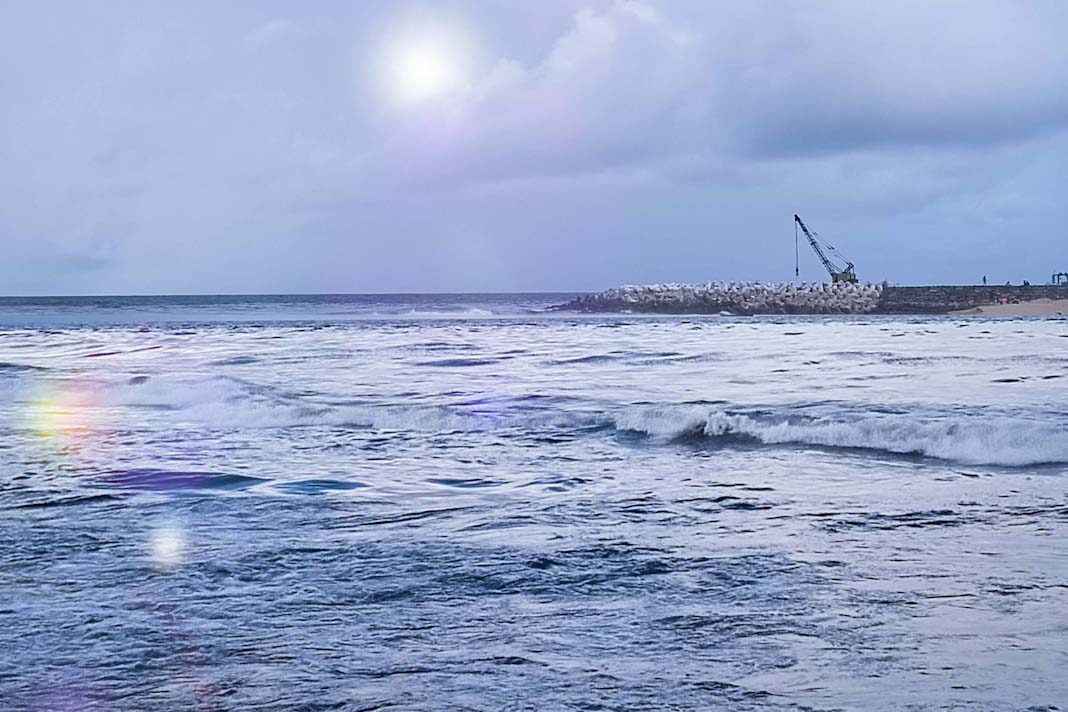 Ports are not just gateways for global trade—they are also major sources of pollution. In Europe, over 6% of maritime greenhouse gas emissions occur during port operations, alongside harmful air pollutants like sulphur oxides and fine particles.
Ports are not just gateways for global trade—they are also major sources of pollution. In Europe, over 6% of maritime greenhouse gas emissions occur during port operations, alongside harmful air pollutants like sulphur oxides and fine particles.
As part of its decarbonisation drive, the EU is mandating the installation of onshore power supply (OPS) by 2030, allowing ships to connect to the electricity grid and shut off polluting auxiliary engines while docked. However, recent data shows most ports are falling behind on this crucial transition.
Slow Shore Power Adoption Across European Ports
A study by DNV for Transport & Environment (T&E) reveals that only 1 in 5 required OPS connections across 31 European ports has been installed or contracted. Just 4 ports have committed to more than half of the OPS infrastructure required by 2030. The rest remain behind schedule, raising concerns about the feasibility of meeting EU targets.
This slow progress is especially problematic given the disproportionate emissions from cruise ships. For example, Carnival’s Azura emitted 22,800 tonnes of CO₂ while docked in European ports in 2023 alone. Providing shore power could eliminate nearly all of those emissions, cutting its total annual output by 20%.
Current Gaps in EU Policy and Urgent Recommendations
Despite its efforts, current EU law does not regulate all sources of emissions at berth. Smaller vessels and certain ship types are still excluded, leaving a large portion of port-side pollution unaddressed.
To accelerate action, T&E recommends:
-
Advancing the shore power deadline for cruise ships and terminals to 2028, given their high emissions and existing OPS readiness.
-
Integrating shore power into RED III crediting mechanisms to boost investment and energy system integration.
-
Earmarking dedicated EU funding for OPS infrastructure and port grid upgrades in the next Multiannual Financial Framework (MFF).
-
Expanding OPS mandates to include smaller and currently exempt ships in upcoming policy revisions.
With urban air quality and public health at stake, Europe’s ports must move faster to electrify shipping operations. Shore power is a proven, scalable solution—but only if regulatory ambition, investment, and infrastructure catch up. Meeting the 2030 deadline will require stronger EU mandates, targeted funding, and broader vessel coverage to ensure ports become part of the climate solution, not the problem.
Did you subscribe to our daily Newsletter?
It’s Free Click here to Subscribe!
Source: T&E


















